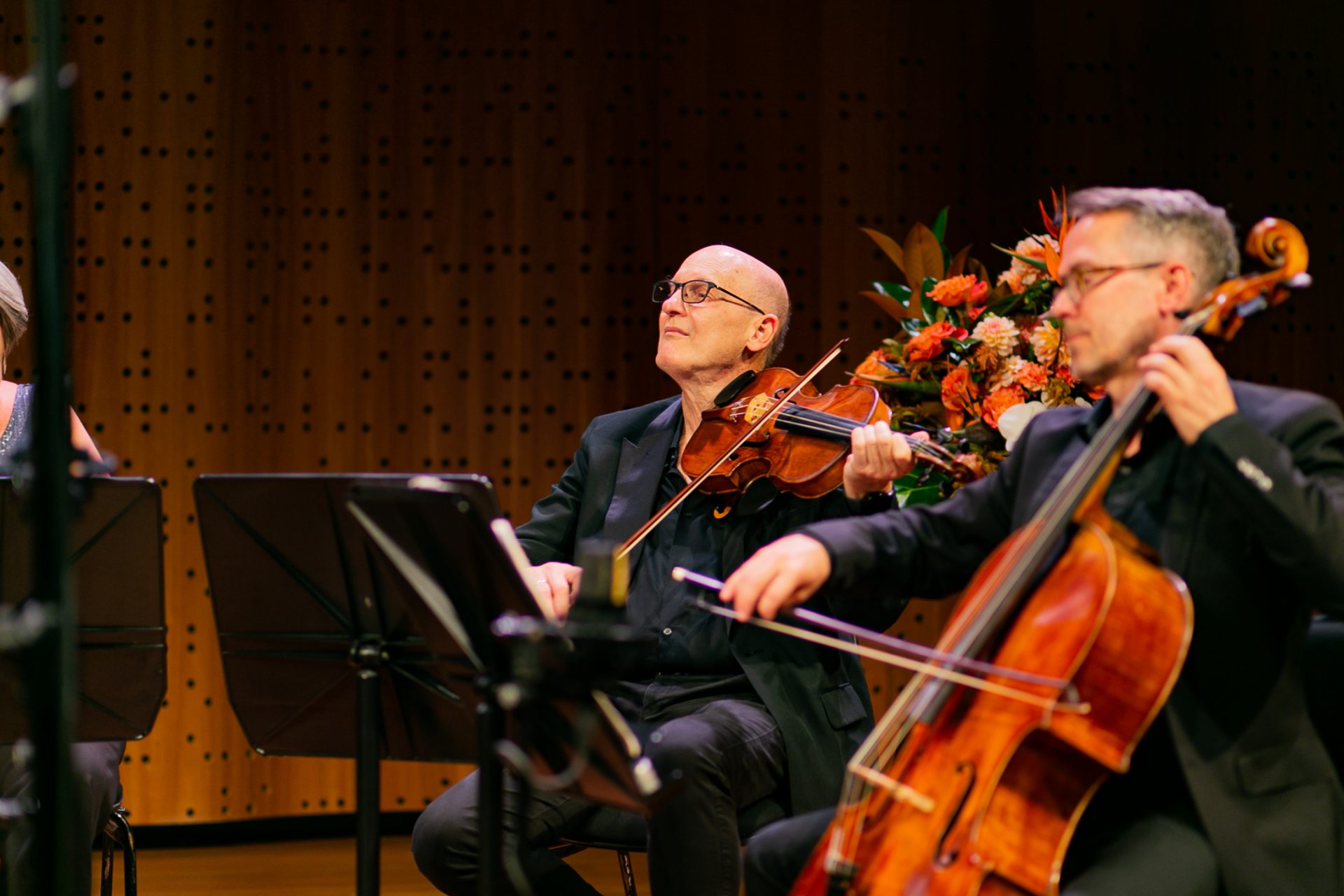This concert showcased the unique opportunities the Australian Romantic & Classical Orchestra offers to Australian audiences in respect of historically informed performance.
The title ‘Viennese Vogue’ is apt to draw attention to the vagaries of Viennese musical taste in the Classical and Romantic eras, wavering as it did from one style to another in the space of a few years. But, in particular, this concert was an exploration, if not a veritable tour de force, of the versatility of the clarinet, which was then in its infancy as an instrument finding its place among the expanding forces of European chamber music.
We start with the tail end of the Viennese Classical era, with Hummel’s Clarinet Quartet in E flat major, S 78. Composed in 1808, it consists of four movements – Allegro moderato, La Seccatura (allegro molto), Andante, and Rondo (Alegretto). The first movement consists of many rapid passages for all instruments, and especially for the clarinet. It is in these moments when one appreciates the honeyed timbre of the historically-informed clarinet over its more quacky progeny. It is a wonder how Nicole van Bruggen so deftly negotiates these passages. A key stylistic theme throughout all movements is the exchange of musical phrases form one instrument to another, which gives the impression of a discourse among equals. The immediate impression given, both in the composition and in this performance, is that the clarinet does not dominate or feature as a musical curiosity, but fits right at home as a true member of the ensemble.
Daniel Yeadon shines especially in the second movement, the sheer momentum of which gives the impression of a scherzo, where he seems to bounce effortlessly between strings. It should be mentioned that this was a special piece for ARCO to perform – on its 10th anniversary year. Founders Rachael Beesley and Nicole van Bruggen first performed this as a prize piece for a competition; and this ensemble’s performance of the quartet is worthy of praise to this day.
Next was Schubert’s String Trio in B flat major, D. 471, which charms us with its sprightly opening. It consists only of an Allegro, the main theme of which stretches persistently upwards. Peter Clark on violin was faultless and expressive. The piece is at all turns quaint and intimate – exactly what chamber music should be – and the highlights consist of chromatic crescendos so dramatic that they bring the violinist out of his chair.
Mozart’s Clarinet Quintet in A major, K .581 was, understandably, the star of the show. Nicole van Bruggen emerges, this time with basset clarinet in hand. The mellifluous tone of that instrument was brought out after a short and charming introduction on strings, this time including Julia Russoniello on violin. The clarinet glides in again, with a motif redolent of a falling leaf winding its way to the ground. The technique of exchanging musical phrases between instruments was on full display here again. But this time, a motif consisting of successive arpeggiated chords fell to the basset clarinettist to mimic – no mean feat! Van Bruggen emerged victorious, if slightly breathless.
Peter Clark shone again, especially in the last two movements. There were some incredibly expressive passages in the menuetto, and he made his instrument sing in the Allegretto con variazioni, particularly in the fourth variation, when the ensemble chose to play at a very lively tempo and there were delightfully virtuosic exchanges between Clark and van Bruggen. Clark’s use of vibrato was tasteful throughout. It is remarkable how well he played, despite substituting for Rachael Beesley on what must have been very short notice.
